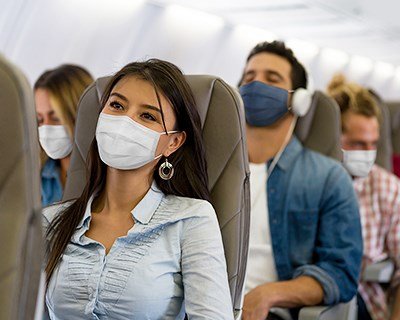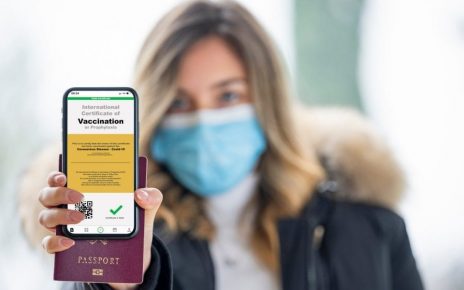Air travel experts are sharing their top tips for strategies to reduce the risk of infection while flying
- Book to fly when it is the least crowded
- Don’t fly if you might be sick
- Remember to bring supplies
The latest numbers from the TSA show passenger counts more than 1 million per day every day since March 9th of this year. This is good news for the travel industry, and the traveling public. But while consumers are increasingly ready for the excitement of travel to come back into their lives, heightened awareness of hygiene-related safety protocols should remain top of mind.
Airlines and airports worldwide have instituted protocols and requirements to help keep the flying public safe. To aid in continued safety vigilance, air travel experts are sharing their top tips for strategies to reduce the risk of infection while flying.
- Tip No. 1: Book to fly when it is the least crowded. Flights leaving between 7:00 a.m. and 8:00 a.m. often have smaller passenger numbers. Earlier flights can be filled with deal seekers, and airports are traditionally the busiest between 10:00 a.m. and 11:00 a.m. Further reduce exposure to large crowds by flying on Tuesdays or Wednesdays, traditionally the slowest days of the week for air travel.
- Tip No. 2: Do not fly if you might be sick. Your immune system is weaker when you are sick, so if you are feeling under the weather, put off travel to another day.
- Tip No. 3: Use Contactless Check-In at the airport, and everywhere else. Check in for your flight before you arrive at the airport, then use self-check to drop off your bags. Download your boarding pass to your phone and sign up for text alerts to notify you of gate or schedule changes from your travel provider.
- Tip No. 4: Keep social distance at the airport and on the plane. You will want to keep at least six feet distance between yourself and other passengers whenever possible. Always keep your mask on and consider wearing a face shield. If you have a longer layover, think about renting an airport pod, if available, to limit the number of people you encounter. Once you get on the plane and have sanitized your space, then sit down and do not leave your seat during the flight.
- Tip No. 5: Don’t fly if you might be sick. Your immune system is weaker when you are sick. Even if you just have a little under-the-weather feeling, you are putting yourself at higher risk to catch other illnesses. If tests are available for diseases that make people ill in your area or the area you are going to, then get tested before you start traveling. After all, ruining a trip by being sick is no fun at all.
- Tip No. 6: Remember to bring supplies. Prepare to keep yourself healthier by bringing some supplies with you in your carry-on bag. You can bring up to three ounces of hand sanitizer. Choose an option that has at least 60% ethanol or 70% isopropyl alcohol. You should also bring a mask to wear on the plane. Wearing gloves helps you avoid contact with contaminated surfaces. You will also want to pack along a small container of disinfecting wipes to wipe down your seat, video screen, buttons, seat belt and other surfaces that you might touch during the flight.
With COVID-19 still prevalent, be sure to check local travel regulations and notices for any restrictions, rules, and safety guidelines that may be in place. For additional information please visit the CDC website for up-to-date health and wellness information.




